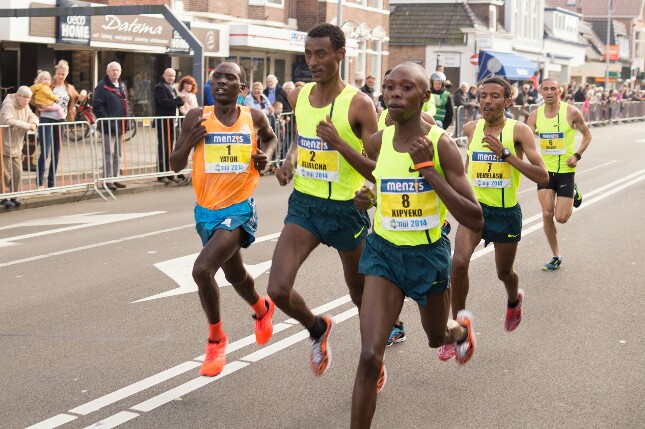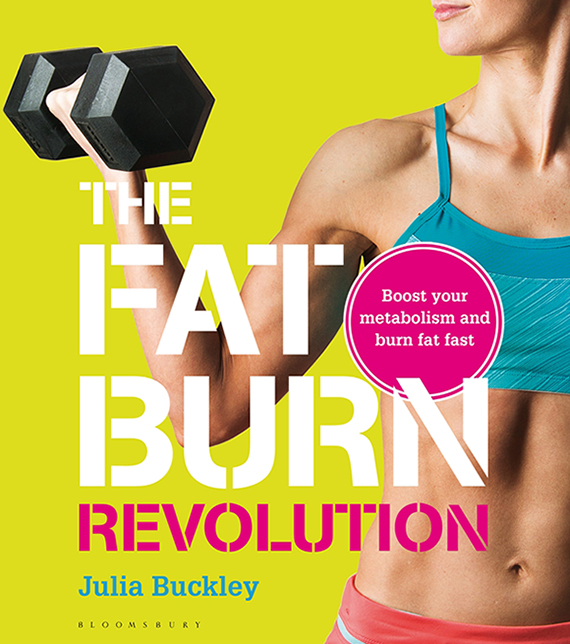5 Great Tips For Active People Training For A Marathon
Running a marathon can be an exciting time. If you’re planning on completing the 26.2 miles that marathon runners must endure, then it’s important that you’re ready for the challenge physically and emotionally.
Whether you’re taking part for a good cause or you’re just looking to push yourself, it’s easy to feel overwhelmed in the build-up to the big day – but there are some things that you can do to ensure you cross the finish line feeling great.
1. Put in your mileage
The biggest key to training for a marathon is putting in your weekly mileage so that your body gets used to running and exercising for an extended period of time.
If you’re new to running, then you should aim to run for 10-20 miles per week, and then gradually build up your miles to 35 to 40 miles.
Of course, you can alter this depending on your schedule, fitness and running experience, but we recommend that your training plan should be centred around the “slow and steady” mantra that’s become famous over the years.
2. Don’t go too fast!
For the beginning periods of your marathon training, you should aim to run at a ‘conversational pace’, so says Jenny Hadfield for Active.com. By doing so, you’ll be able to build up your strength and endurance and ensure that, as time goes by, you’ll be able to cope with the strains that marathon running can bring.
By spending more time on your feet and heels during conversational running periods, you’ll be more accustomed to marathon running, and you’ll find it easier as you edge closer to the big day.
3. Eat and drink before every training session
If you’re planning on running for more than an hour, then you should have something to eat and drink before you set off.
The best way to fuel your body for any run is to eat a high-carb, low-fiber meal a couple of hours before you train, giving your body a chance to digest your food and reducing the risk of stomach issues when you’re out and about.
If you’re running in the morning, however, or straight from work, then it’s not always easy to fit in a meal a couple of hours before hand.
In this case, you should eat some carbohydrates such as pancakes, and consider adding some protein to your meal to sustain your energy.
Of course, water is the drink of choice both before and after your workout, so be sure to pack a water bottle and drink at least the recommended daily intake when you’re on the go, and more so if you’re planning on exercising for an extended period.
4. Refuel your body when you’re finished
Food is not only important before your workout – it’s essential for repairing and healing your body when you get home at the end of a training session.
That’s why companies such as Prestige Boot Camp, who host fitness and weight loss boot camps across the UK and Europe, place so much emphasis on delicious, nutritious meals.
Your ‘post run’ meal should always consist of carbohydrates and protein, as it will aid in your body’s recovery and allow you to return to your pre-workout state.
If you’ve only been to the gym or completed a small run which lasted less than half an hour, then consider having a small snack such as some chocolate milk or a cereal bar.
And, of course, remember to eat and drink sensibly at all times – high protein, low-fat meals are important for you to build muscle and prepare for your marathon, and foods such as salmon, berries and sweet potato will help you feel great and fill you with the goodness you need to cross the finish line.
5. Find the right running gear
You may think that you have to spend a small fortune to compete with professional marathon runners in the wardrobe department, but that doesn’t have to be the case. While you can certainly find comfortable, supportive clothing affordably online and in your local department store or supermarket, you shouldn’t skimp, either.
By Spend time finding comfortable running shoes, shorts and socks for your training and marathon day, and always test out your clothing in training before wearing it for your next big race. You should also take into consideration the possibility of chafing.
If you’re likely to blister or bleed, you won’t be able to give 100% in your marathon, so make sure that you choose synthetic material to prevent friction and stock up on products like Vaseline to keep feet, nipples and any other chafing-prone areas of your body well protected.
We’ve rounded up five great tips for your next marathon, but they’re only the beginning of the story. It’s time to get outdoors, start training and give it your all – good luck!
Disclaimer: This is a collaborative post.
Google+




